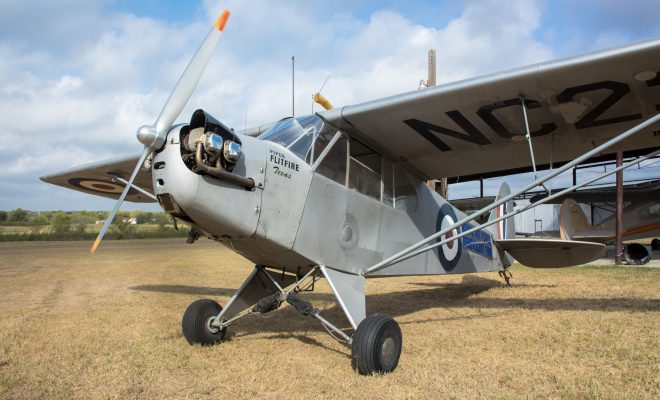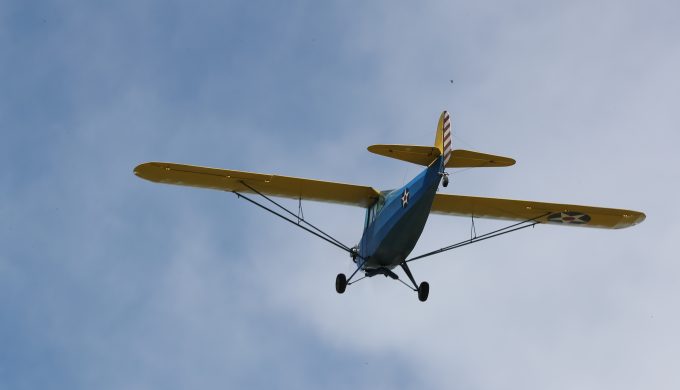San Antonio, Texas, is home to a rare vintage collection of liaison aircraft known as the L-Bird Flying museum. In Cannon Field, visitors to the L-Bird Flying Museum can witness history in the sky in the small unarmed military airplanes. These L-Birds are recognized for their ability to take off and land in limited regions which played a significant role in the United States victory in World War II.
 Paul Bigelow
Paul Bigelow
History
See History on Wings at the L-Bird Flying Museum in San Antonio
The pilots who flew the L-Birds in WWII were ordinary soldiers known as the “Liaison Pilots.” These pilots had many vital functions mostly in observation, communications, evacuating the wounded, artillery, fire control, and providing food, and ammunition for the troops. The aircrafts were made primarily of aluminum, wood, and metal tubing, and the pilots were only armed with a single pistol. The L-Bird pilots did not have rank like the Bomber and Fighter pilots, so they did not receive the same benefits. However, their existence was crucial for the success of the United States forces.

Photo: Paul Bigelow
These L-Birds are one of the only such aircrafts in the world displayed in a museum. They are restored, maintained, and protected by the Alamo Liaison Squadron. The planes are kept in working condition for the purpose of presenting fly-bys for the public. Trained pilots perform an art of flying known as “taildraggers” for visitors at social events. They also allow attendees to ride in the L-Birds.
Those who visit the flying museum will see L-Birds such as the Aeronca L-3, the Taylorcraft L-2, Stinson L-5, Piper L-4, and the Interstate L-6. Master mechanic and Alamo Liaison Squadron founder Hardy Cannon worked with a team to fully restore the planes and write the history of the L-birds. Cannon has kept the L-bird’s legacy and the forgotten heroes alive through the flying museum and in his book “Box Seat Over Hell: The True Story of America’s Liaison Pilots and Their Light Planes in World War II.” Visit als-cannonfield.com.

